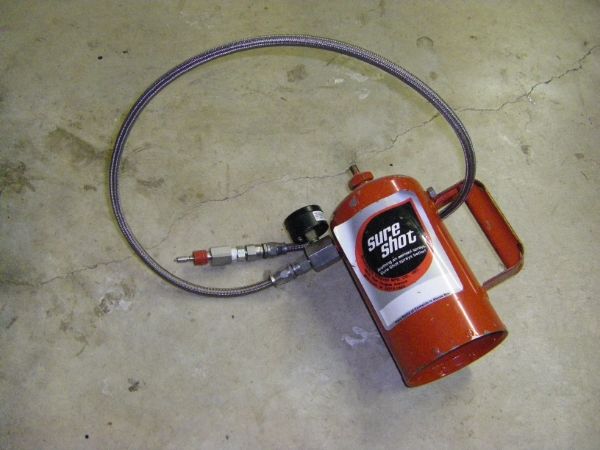IMO your mechanic may be a bit exaggerated, but not by much. As I understand things, ethanol is added to low octane gas to give it the needed umph. Unfortunately over time ethanol absorbs moisture (something that is in high quantities around most boats

). With enough temperature cycles, the moisture causes the ethanol to separate from the gas. The result being three layers; ethanol, water and low octane gas, all of which cause problems for engines. Ethanol burns too hot, low octane burns too cool, and water does not burn (despite the hydrogen) as well as corrodes metal parts in the engine if allowed to sit (like over a winter).
Also, ethanol in gas causes many rubber parts to deteriorate, particularly in engines designed before ethanol gas. I own 3 1990's vintage sea-doos (yes - I swing both ways

) where ethanol caused the Coast Guard approved gray gas lines to break down (gross green snot looking stuff), then the carbs gummed up and ultimately resulting in the engines locking up (from running too lean, or rich - I forget which). That means the previous owners lost $1000+ each.
Most marinas sell non-ethanol gas. There is also a web site (http://pure-gas.org/) that defines gas stations that carry non-ethanol gas. All of the ones that I use were listed, so it seems fairly reliable.
Bottom line - I believe that ethanol gas works OK in cars that are designed for it and operated regularly enough to use the gas before it has a chance to separate. Otherwise is is the worst idea EVER. My suggested guidelines; drink grain derived alcohol and burn liquid dinosaurs in engines if the wind dies (or when you want to sea-doo).
On a related side note - I have converted to using rechargeable battery weed eaters for the same reason. Why? Because rebuilding the carbs every other year despite using fuel stabilizer turned me sour.
